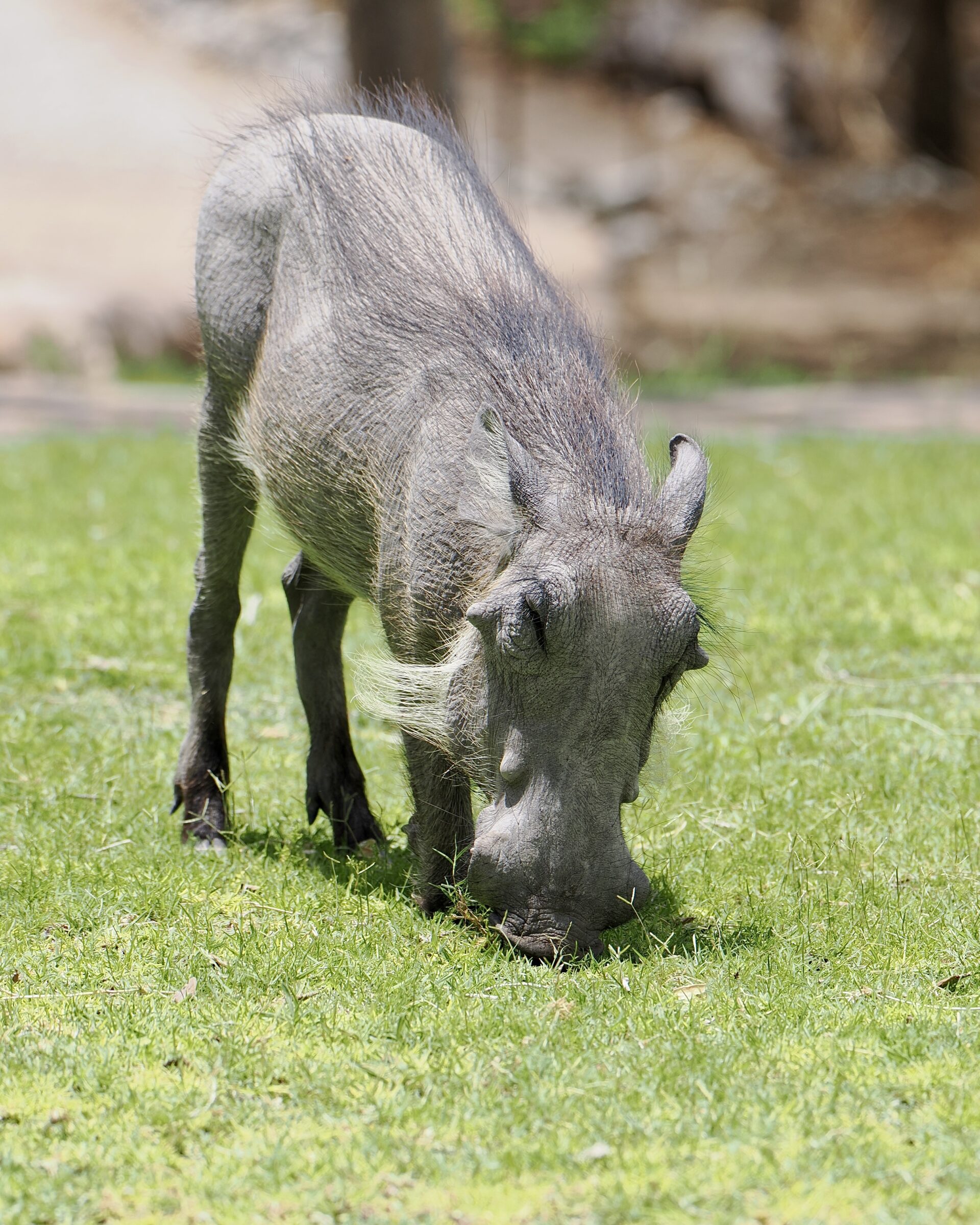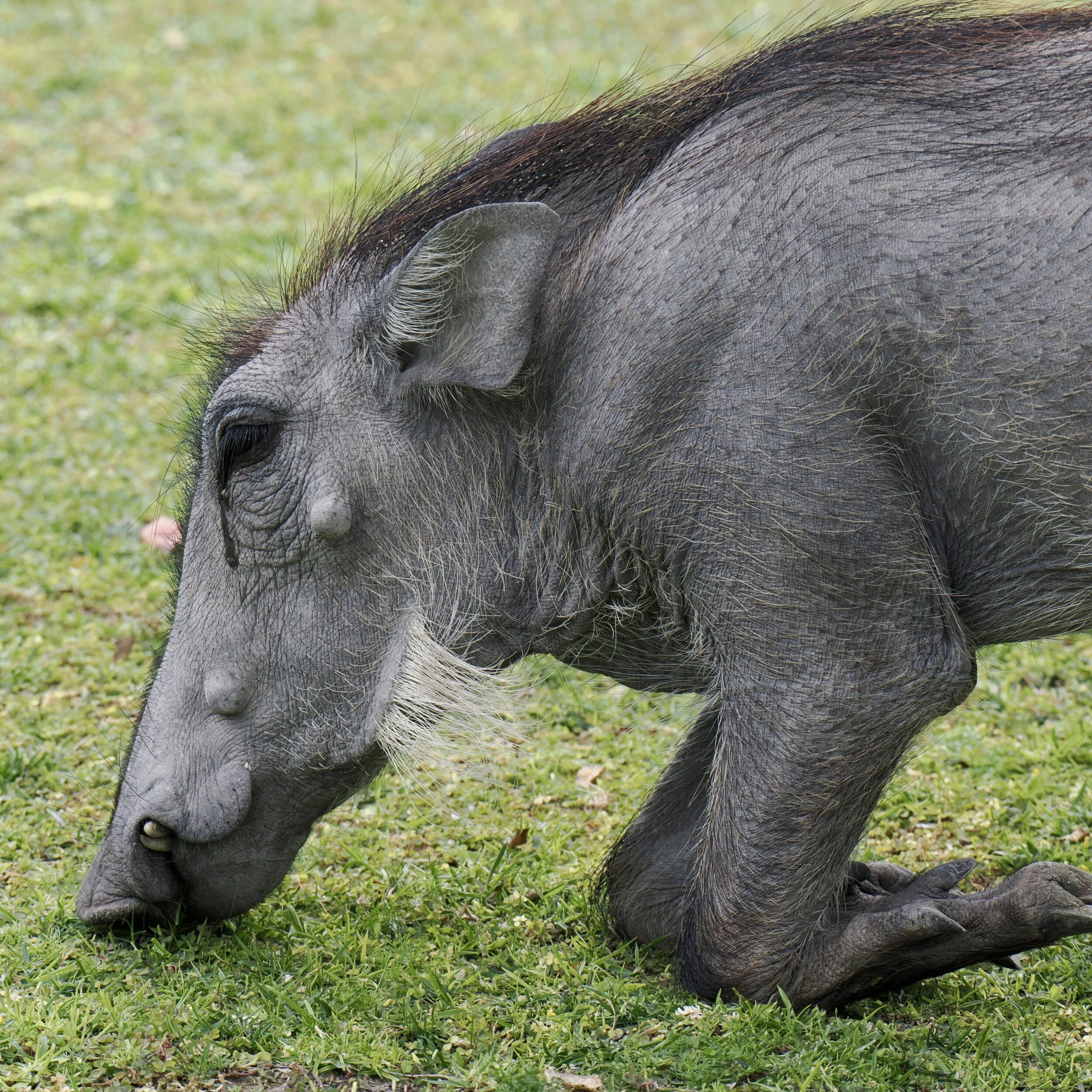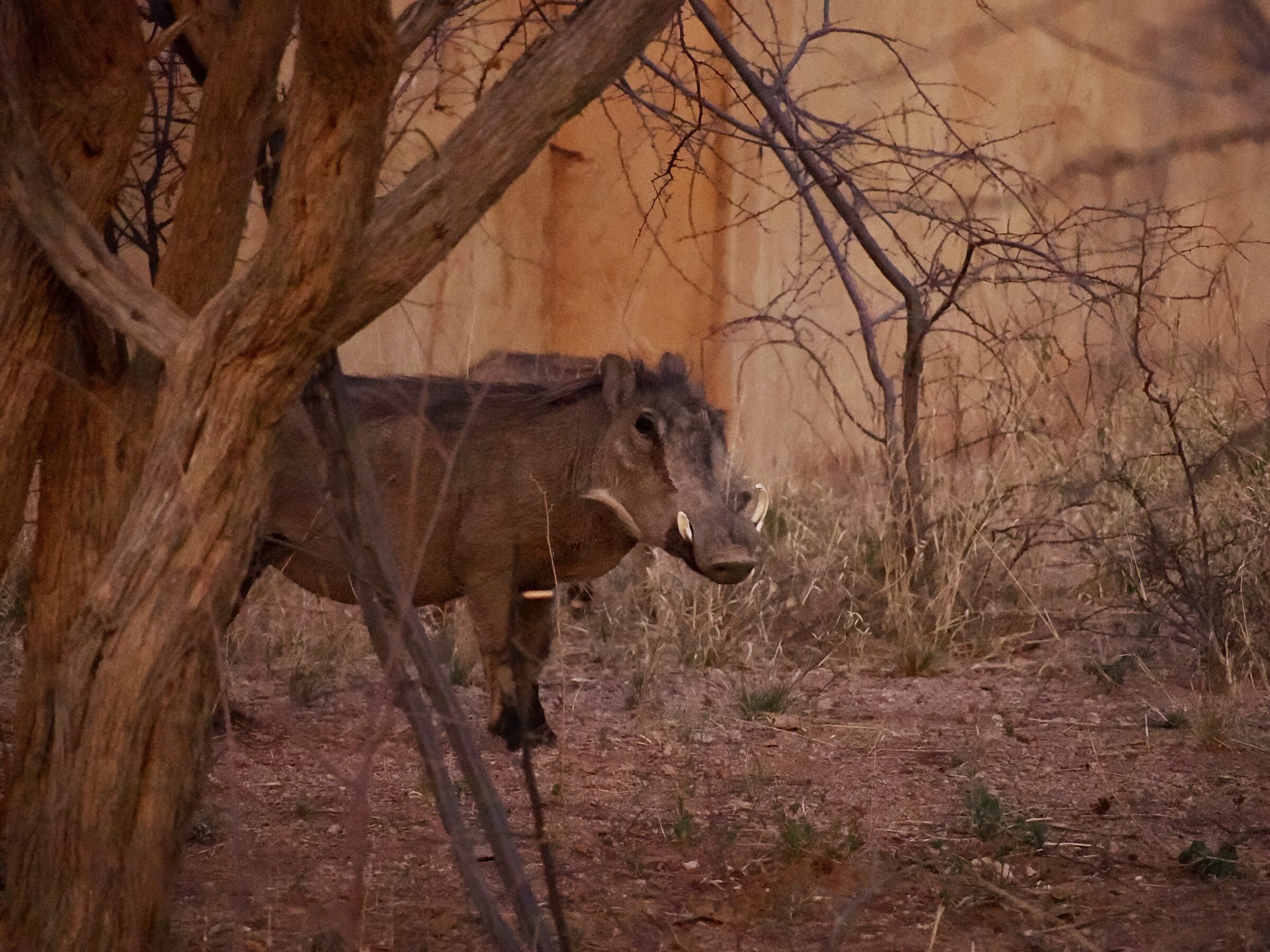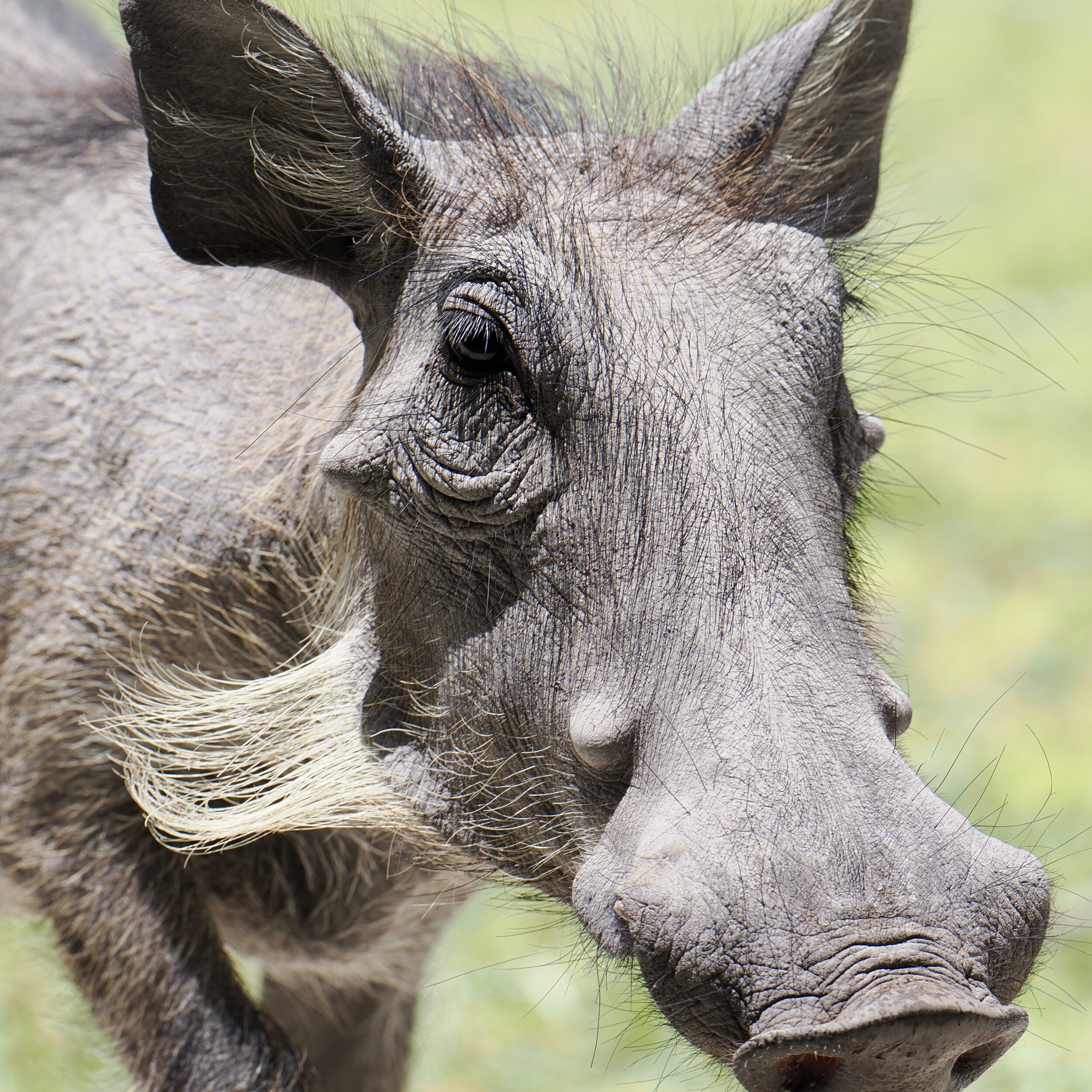Classical Greek statuary, 21st century Hollywood, “supermodels”, “influencers”, Barbie and Ken, the work of profit-maximising cosmetic surgeons or “surgeons”, pedlars of “miracle” diets and so-called “beauticians”…
Is your idea of “beauty” the fruit of parameters set by one or more of the above?
If your answer is an unchangeable “yes”, you will never appreciate that warthogs are indeed beautiful…
To “see” the beauty in a warthog, all you need do is to watch, closely…after having first made a conscious effort to clear your “mind’s eye” of prejudices, tropes and phobias.
The same rule applies to snakes, sharks, spiders, cuttlefish, or any other beautiful living being that does not fit within common, “received” notions of who or what is “beautiful”.
There are two warthog species; this post’s is the common kind, Phacochoerus africanus.
In Southern Africa the common warthog is now the only species.
Its continuing success is at least in part because it is highly intelligent, very adaptable.
For warthogs, humans provide both threat and opportunity; sometimes, human activity and warthogs’ presence proves beneficial to both species…as you can see, below.

Warthogs are the only swine to have adapted to grazing in savanna grasslands.
Although omnivorous/opportunistic, they are not hunters, and are usually/essentially herbivores.
In relation to his or her torso, a warthog’s front legs are unusually long, and the head unusually large.
This probably explains why they have protective kneepads; when grazing, a warthog often kneels to gain easy access to ground-level grasses and shoots.
Where the ground is “easy”, a grazing warthog will slide along on its front knees, and leave all of the walking to its hind legs.

Warthogs’ “warts” are not warts at all.
They are in fact protective “”bumps” of thick skin with “cushions” of fat within; these so-called “warts” are more pronounced in males, as are warthogs’ tusks.
Not coincidentally, male warthogs fight each other in order to “win” mating opportunities; thanks to the strategically positioned “warts”, such fights rarely result in serious injury.
For the warthogs’ predators, however, the delicious swines’ tusks sometimes prove fatally effective.
Lions, leopards, wild dogs (and African humans) are all keenly aware that a warthog can provide a substantial, nutritious meal.
Warthogs are keenly aware of this, too.
When entering their burrows, warthogs usually “reverse in”, so that their tusks are “at the ready”.
As I have noticed more than once, some warthogs have obviously worked out that in some circumstances/places humans are not hunting them.
In such a circumstance, it makes good warthog sense to spend the night close to conspicuously-present humans.
Humans’ presence almost guarantees the absence of lions, hunting dogs et al.
More than once, I have stumbled out of bed – before sunrise and the morning safari – and then met a warthog, just outside the door.

As will be evident in this post’s sequel, warthogs are not territorial, are often highly sociable, and they really enjoy a bath.
